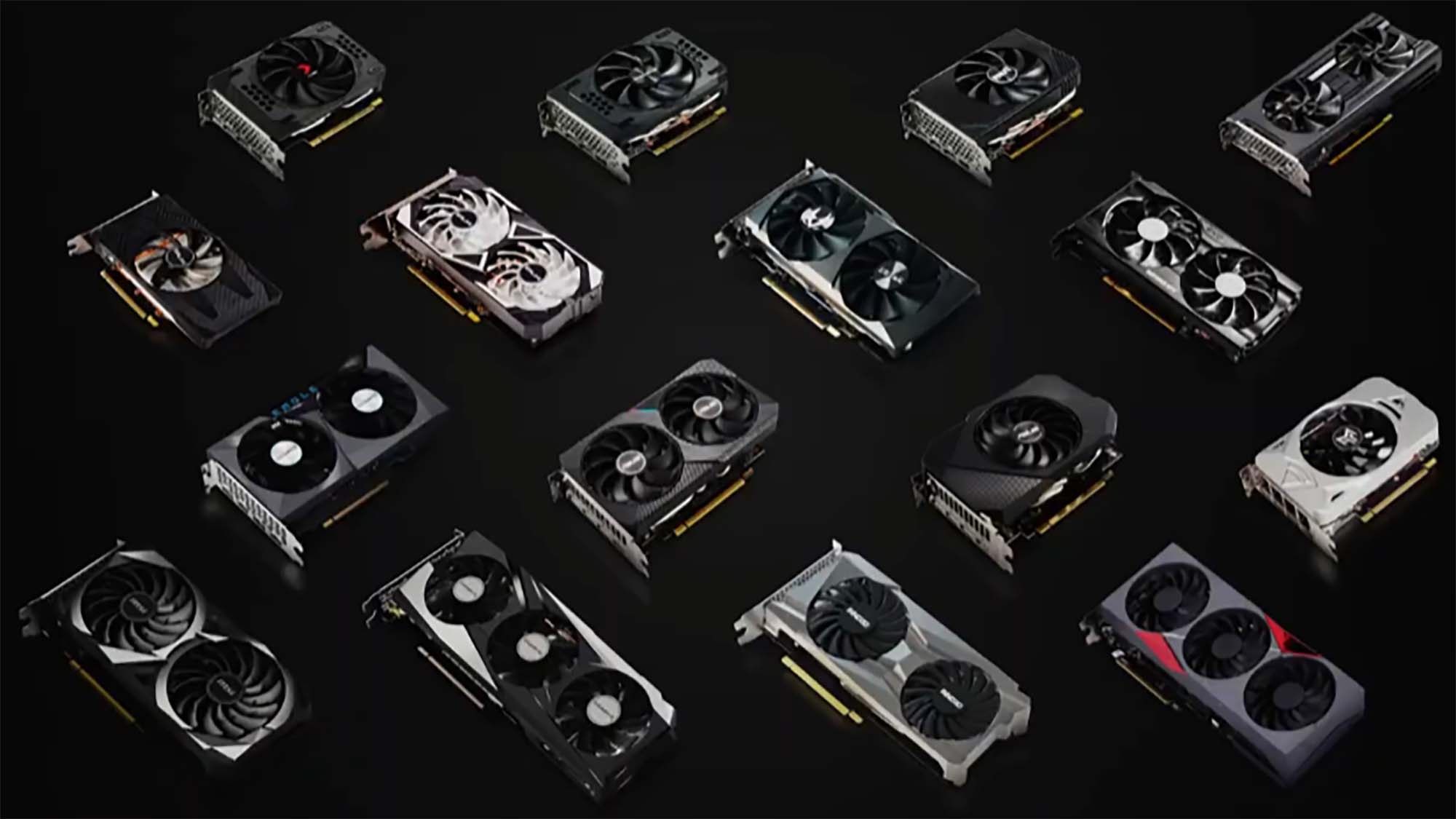It's finally happening: GPU prices sink to lowest levels in over a year
Graphics cards haven’t been this affordable for a long time...

Graphics card pricing is on a downward trend, and looks like it might be normalizing somewhat, with price tags tentatively edging back towards recommended levels – with some caveats as you might expect.
This is going by a report that contains pricing info based on the German market as compiled by 3DCenter, which shows that AMD graphics cards (RX 6000 models) are now 35% above their MSRP, and Nvidia GPUs (RTX 3000 cards) are 41% higher than their recommended price.
That’s still not a great situation, of course – it’s a fair old premium above what prices should be – but the sad truth is that it’s a marked improvement on the pricing we saw throughout 2021, which peaked at double the MSRP for AMD, or treble for Nvidia GPUs.
Furthermore, price tags have been heading down consistently since December 2021, and while that’s only a few months, it’s still a promising sign, and some high-end GPUs have shed €100 since 3DCenter’s last price report.
That said, some individual models are still well inflated above the MSRP, and on the AMD front, that’s the RX 6800 and 6800 XT which are 63% and 55% above recommended pricing respectively. With Nvidia, the worst offenders are the RTX 3070 at 60% above MSRP, and the RTX 3060 Ti and 3080, both at 55% over.
What about the best-priced graphics cards? For AMD that’s the RX 6500 XT with only an 8% markup, and Nvidia’s RTX 3080 Ti gets away with a 16% increase.
Analysis: Promising signs that we’re heading in the right direction
There’s cause for further optimism when you consider that component shortages are expected to ease in the second half of 2022, and therefore GPU supply problems should start to disappear – or at least that’s the prediction of both AMD and Nvidia. We are now not much more than a few months away from H2 2022, so it’s a fair expectation to see pricing start to shift into a somewhat more favorable climate.
Get daily insight, inspiration and deals in your inbox
Sign up for breaking news, reviews, opinion, top tech deals, and more.
As for the caveats we mentioned at the outset, VideoCardz (which spotted the report) points out that currency fluctuations between the dollar and Euro have had an impact on GPU pricing, and we must also bear in mind that this is just a single report on one slice of the European market.
In other words, this is a narrow perspective, and we’d be foolish to try and draw any major conclusions from it. But nonetheless it does act as a useful indicator of how the market may be heading, particularly as it correlates with other signs we’ve recently spotted that suggest graphics card prices are going to get more wallet-friendly, with eBay list prices for Nvidia RTX GPUs in the US falling for four months in a row.
Darren is a freelancer writing news and features for TechRadar (and occasionally T3) across a broad range of computing topics including CPUs, GPUs, various other hardware, VPNs, antivirus and more. He has written about tech for the best part of three decades, and writes books in his spare time (his debut novel - 'I Know What You Did Last Supper' - was published by Hachette UK in 2013).